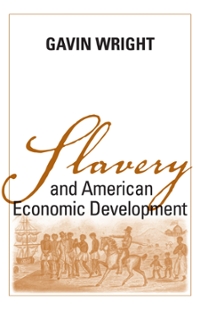Question
Suppose Firm C is an automobile manufacturer. Firm C can use workers (N) and/or automated robots (K) to assemble auto parts and produce cars (Q).
Suppose Firm C is an automobile manufacturer. Firm C can use workers (N) and/or automated robots (K) to assemble auto parts and produce cars (Q). For simplicity, assume that the cost of procuring auto parts is zero so that we can focus solely on the assembly stage.
Firm C's production function to assemble a car using workers and robots can be expressed as below.
Q = 10 (N + 2.5K).
The cost of hiring one worker is w and the cost of using a robot is r. Therefore, Firm C's total cost can be expressed as wN + rK. The price of a car is normalized to p=1.
a) Draw Firm C's isoquant when Q=50. Place N on the x-axis and K on the y-axis. Furthermore, denote at least one pair of (N, K) coordinates on your isoquant (just drawing the shape of an isoquant is insufficient). (3 points)
b) Suppose w=1 and r=3. What is Firm C's cost-minimizing input choice (N*, K*) in order to produce Q=50? You need to explain your reasoning (either by logic/math/graphs) behind
your answer. (2 points)
c) Suppose w=1 as in part (b), but it becomes cheaper to adopt robots such that r=1. Conditional on Firm C producing Q=50, how would this affect Firm C's labor demand? What would be the number of robots that Firm C uses? (2 points)
Step by Step Solution
There are 3 Steps involved in it
Step: 1

Get Instant Access to Expert-Tailored Solutions
See step-by-step solutions with expert insights and AI powered tools for academic success
Step: 2

Step: 3

Ace Your Homework with AI
Get the answers you need in no time with our AI-driven, step-by-step assistance
Get Started


